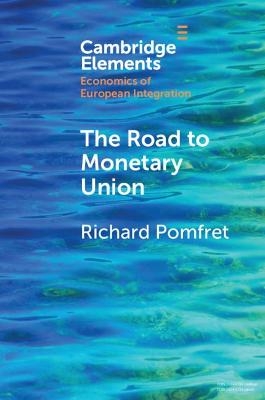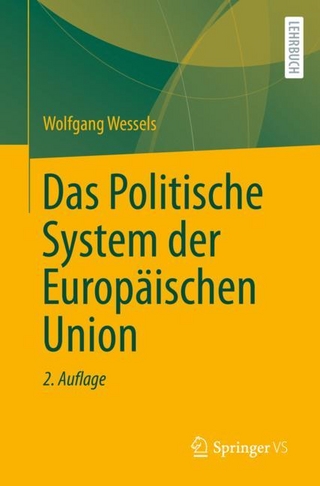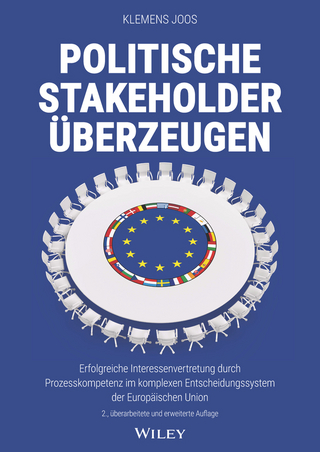
The Road to Monetary Union
Seiten
2021
Cambridge University Press (Verlag)
978-1-108-96547-7 (ISBN)
Cambridge University Press (Verlag)
978-1-108-96547-7 (ISBN)
The Element explains in non-technical language why the process of monetary integration in Europe started slowly, progressed in fits and starts in the 1970s, and was successfully concluded in 1999. It analyses the strengths and weaknesses of the euro in the 21st century and its future prospects.
The Road to Monetary Union analyses in non-technical language the process leading to adoption of a common currency for the European Union. The monetary union process involved different issues at different times and the contemporary global background mattered. The Element explains why monetary union was attempted and failed in the 1970s, and why the process was restarted in 1979, accelerated after 1992 and completed for a core group of EU members in 1999. It analyzes connections between eurozone membership and Greece's sovereign debt crisis. It concludes with analysis of how the eurozone works today and with discussion of its prospects for the 2020s. The approach is primarily economic, while acknowledging the role of politics (timing) and history (path dependence). A theme is to challenge simplistic ideas (e.g. that the euro has failed) with fuller analysis of competing pressures to shape the nature of monetary union.
The Road to Monetary Union analyses in non-technical language the process leading to adoption of a common currency for the European Union. The monetary union process involved different issues at different times and the contemporary global background mattered. The Element explains why monetary union was attempted and failed in the 1970s, and why the process was restarted in 1979, accelerated after 1992 and completed for a core group of EU members in 1999. It analyzes connections between eurozone membership and Greece's sovereign debt crisis. It concludes with analysis of how the eurozone works today and with discussion of its prospects for the 2020s. The approach is primarily economic, while acknowledging the role of politics (timing) and history (path dependence). A theme is to challenge simplistic ideas (e.g. that the euro has failed) with fuller analysis of competing pressures to shape the nature of monetary union.
1. Introduction; 2. Theories; 3. The Werner Report and the Snake; 4. The European Monetary System; 5. The Maastricht Treaty and creation of the euro; 6. The euro expanding; 7. The sovereign debt crisis and its aftermath; 8. Conclusions.
| Erscheinungsdatum | 09.03.2021 |
|---|---|
| Reihe/Serie | Elements in Economics of European Integration |
| Zusatzinfo | Worked examples or Exercises |
| Verlagsort | Cambridge |
| Sprache | englisch |
| Maße | 230 x 150 mm |
| Gewicht | 140 g |
| Themenwelt | Sozialwissenschaften ► Politik / Verwaltung ► Europäische / Internationale Politik |
| Wirtschaft ► Volkswirtschaftslehre ► Finanzwissenschaft | |
| Wirtschaft ► Volkswirtschaftslehre ► Makroökonomie | |
| ISBN-10 | 1-108-96547-4 / 1108965474 |
| ISBN-13 | 978-1-108-96547-7 / 9781108965477 |
| Zustand | Neuware |
| Haben Sie eine Frage zum Produkt? |
Mehr entdecken
aus dem Bereich
aus dem Bereich
Studienbuch
Buch | Hardcover (2023)
De Gruyter Oldenbourg (Verlag)
44,95 €
erfolgreiche Interessenvertretung durch Prozesskompetenz im komplexen …
Buch | Hardcover (2023)
Wiley-VCH (Verlag)
42,00 €


